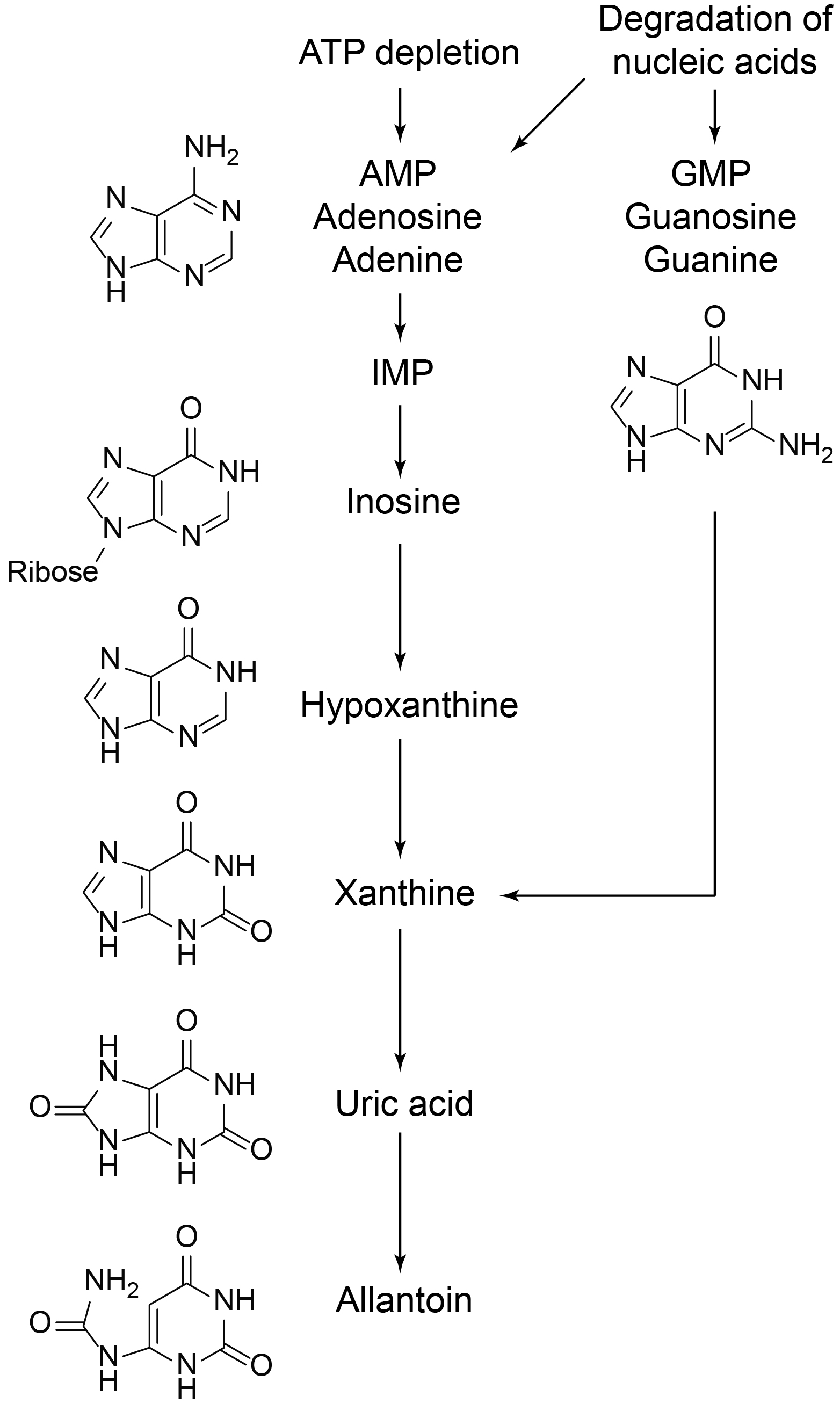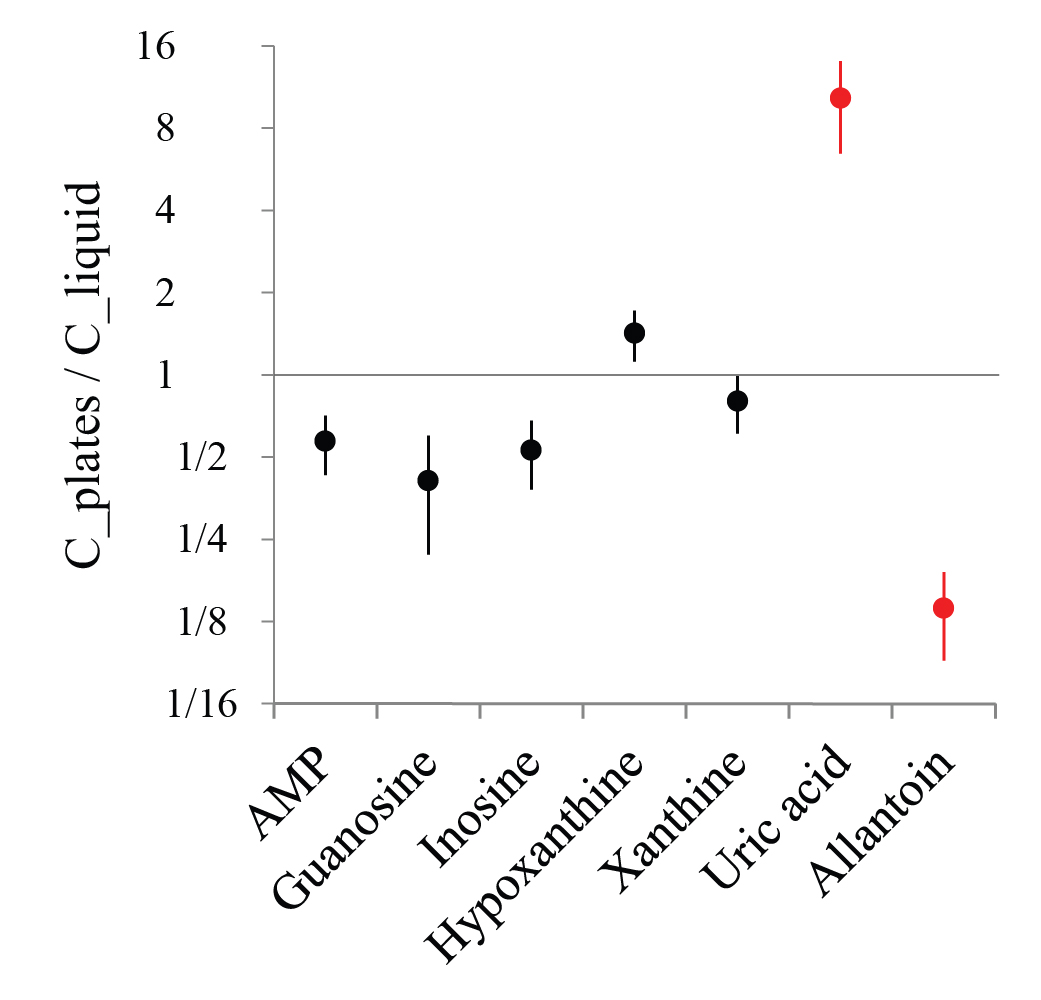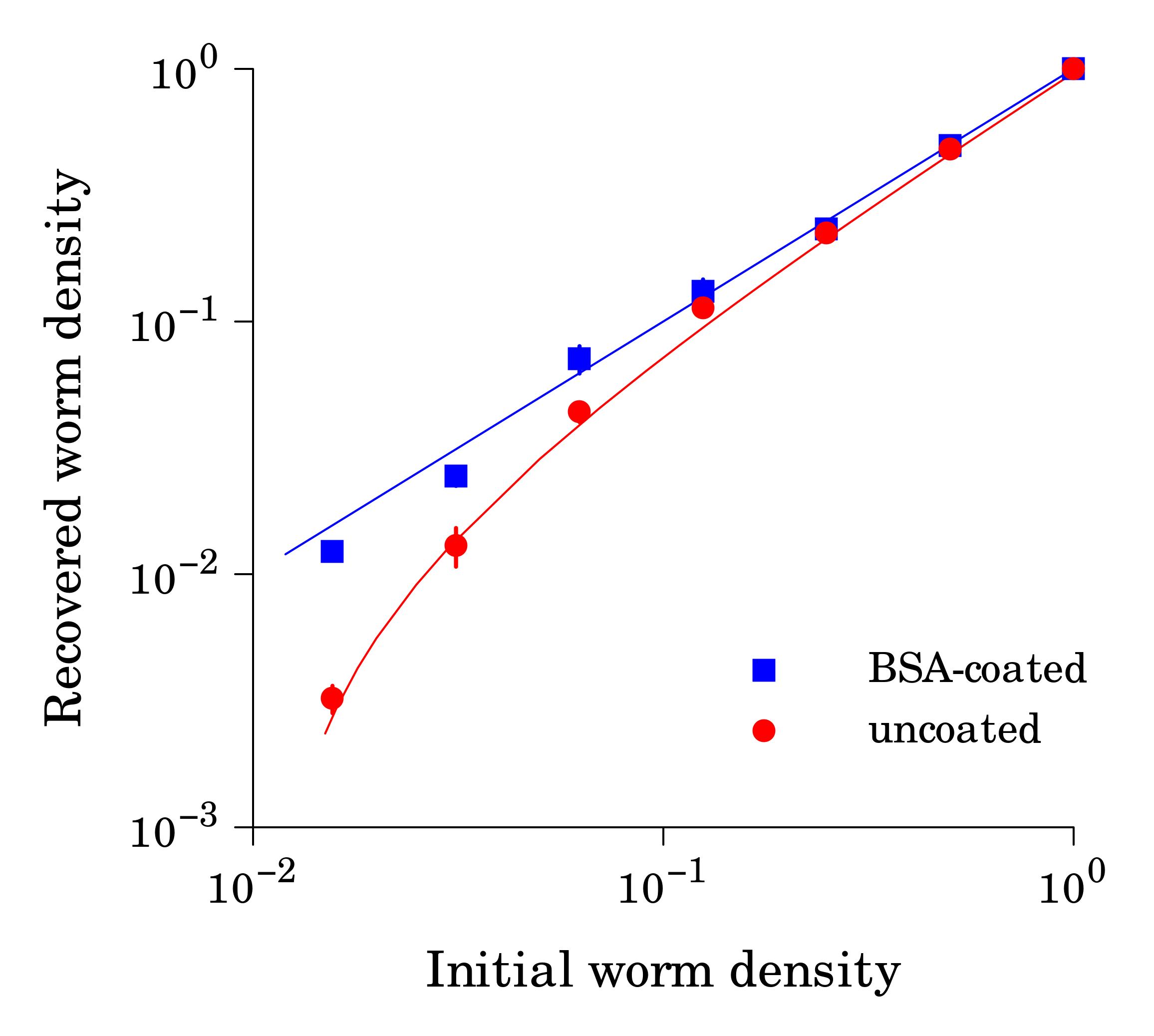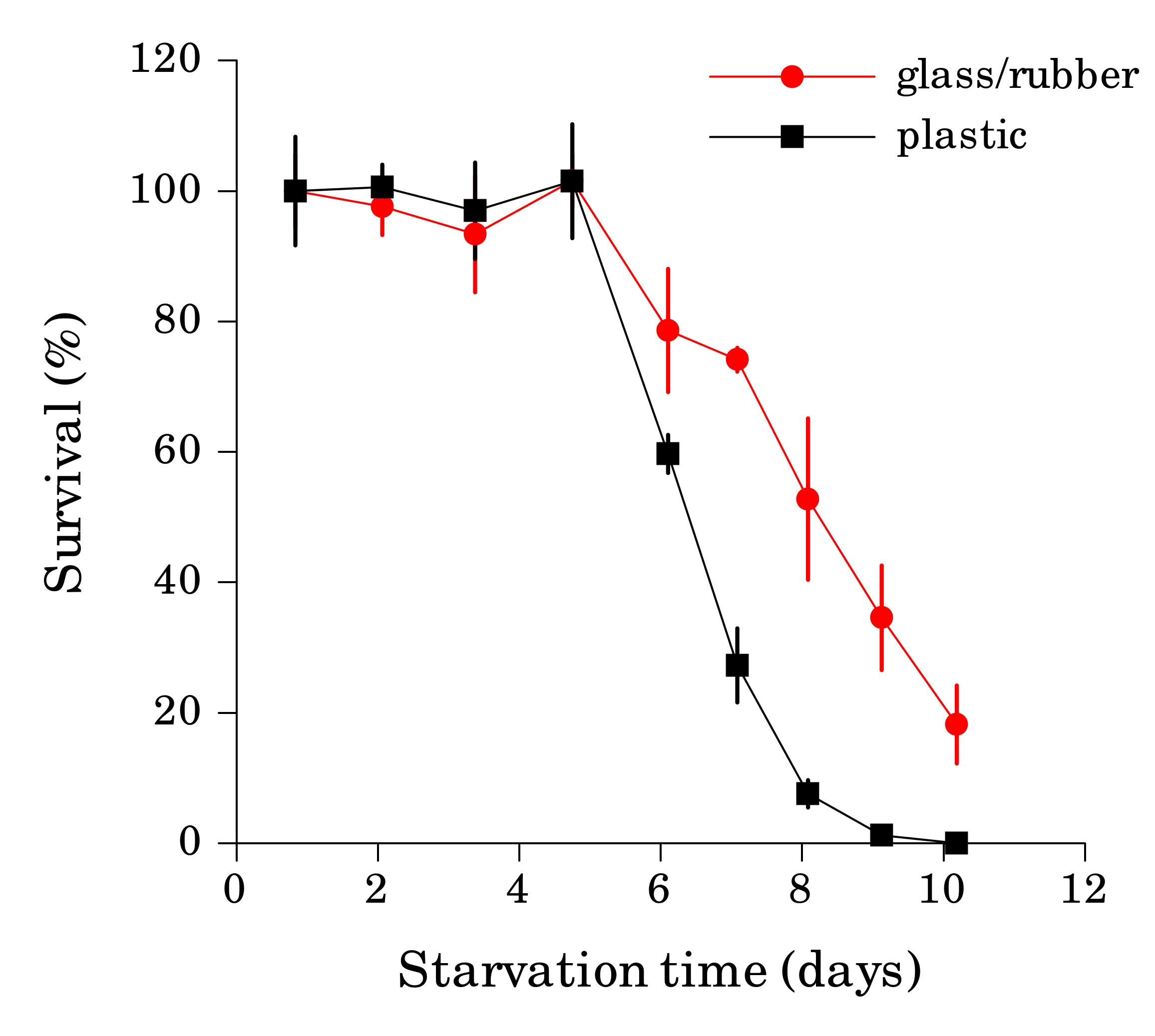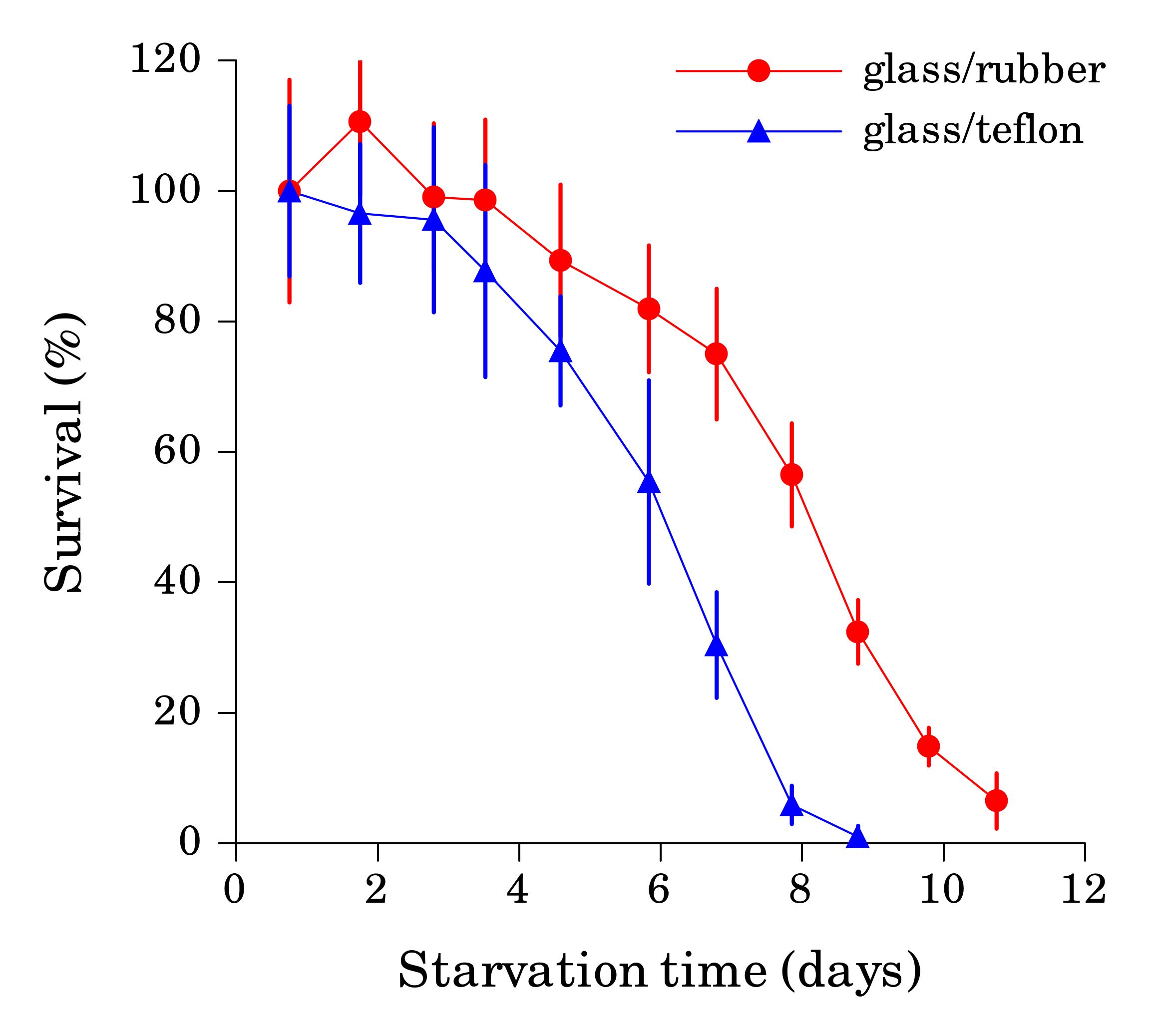It is sometimes essential to synchronize C. elegans to the same larval stage. Our lab simplified and optimized synchronization protocols using standard worm media and culture techniques to ensure that we consistently obtain a sufficient number of worms at the same larval stage for our experiments. To synchronize worm cultures, we utilize unseeded Nematode Growth Media (NGM) plates (solid media with no bacterial food source) on which isolated embryos hatch and arrest at the L1 stage in the absence of food (Johnson et al., 1984; Baugh, 2013). Embryos are isolated using an alkaline hypochlorite solution that dissolves gravid hermaphrodites without damaging their embryos. Significant interest in our approach to this technique was expressed at the 20th International C. elegans Meeting and we are therefore sharing our protocols.
Small-Scale L1 Synchronization
Standard NGM is poured into 60 mm Petri plates and dried for 48 hours at room temperature before use (Brenner, 1974; Stiernagle, 2006). The media is not seeded with OP50 E. coli. Gravid hermaphrodites (10 each) from standard, well-fed culture stocks are transferred by picking into 2-50 µl drops of freshly prepared alkaline hypochlorite solution (1 ml bleach, 250 µl of 10M NaOH, and 3.75 ml sterile deionized H2O) on opposite sides of one unseeded 60 mm NGM plate for a total of 20 gravid hermaphrodites (Stiernagle, 2006). The plate is incubated at 20°C for ~20-24 hours for L1 offspring hatching. L1 offspring (see Figure 1 for yield) are transferred to NGM with OP50 for growth to the desired synchronized developmental stage or directly to experimental conditions.
Large-Scale L1 Synchronization
Standard NGM with uracil is poured into 100 mm Petri plates and dried for 96 hours at room temperature. The media (8-100 mm plates) is seeded with 500 µl of an overnight broth culture of OP50 E. coli by spreading. The bacterial lawn is grown for 4-6 days at room temperature before transferring 15 gravid hermaphrodites from standard, well-fed culture stocks onto each of the 8-100 mm seeded plates. Worms are cultured at 20°C.
The plates are monitored daily until they are barely starved (i.e., there is a large supply of gravid hermaphrodites and minimal OP50 remaining on the plates, which can occur between 3 and 7 days). Worms are sterilely collected with M9 buffer (see Stiernagle, 2006 for recipe) by pipetting 2 ml of M9 buffer onto each plate, tilting the plate, and “washing” the worms from the top to the bottom of the plate with the 2 ml of M9 buffer using a glass Pasteur pipette. This 2 ml of buffer is repeatedly “washed” over the worms to harvest. The worm suspension is collected into a 15 ml conical bottom tube. Approximately 16 ml of worm suspension is collected from all 8 plates, which is divided equally into 2-15 ml conical bottom tubes. The volume is brought to 10 ml with M9 buffer and the worms are pelleted via centrifugation for 1 minute at 1,300 x g. The supernatant is removed and worms are resuspended in 5 ml of freshly prepared alkaline hypochlorite solution (see recipe above). The dissolution of adults and release of embryos are monitored under a stereomicroscope. The suspension is swirled every 1-2 minutes to resuspend and facilitate dissolving of the adults, which takes ~6 minutes. M9 buffer is then added to the alkaline hypochlorite solution to bring the volume to 10 ml. Embryos are pelleted via centrifugation at 1,300 x g for 1 minute. The supernatant is removed and embryos are washed with 10 ml of M9 buffer followed by centrifugation at 1,300 x g for 1 minute. All but ~100 µl of embryo suspension is removed. Approximately 3-4 drops of the embryo suspension is transferred using a glass Pasteur pipette to 3-100 mm unseeded NGM plates each for better distribution and subsequent picking of L1s. The plates are incubated at 20°C for ~20-24 hours for L1 offspring hatching. L1 offspring (see Figure 1 for yield) are transferred to NGM with OP50 for growth to the desired synchronized developmental stage or directly to experimental conditions.
Notes
We use standard concentrated bleach (8.25% sodium hypochlorite) purchased from a retail store. The alkaline hypochlorite solution is made fresh before use, but the bleach is effective in solution for ~6-8 months if stored in the dark at room temperature.
Figures
References
Baugh LR. (2013). To grow or not to grow: Nutritional control of development during Caenorhabditis elegans L1 arrest. Genetics 194, 539-555. 
Brenner S. (1974). The genetics of Caenorhabditis elegans. Genetics 77, 71-94. 
Johnson TE, Mitchell DH, Kline S, Kemal R, Foy J. (1984). Arresting development arrests aging in the nematode Caenorhabditis elegans. Mech. Ageing Dev. 28, 23-40. 
Stiernagle T. (February 11, 2006). Maintenance of C. elegans. WormBook, ed. The C. elegans Research Community, WormBook, doi/10.1895/wormbook.1.101.1, http://www.wormbook.org. 

